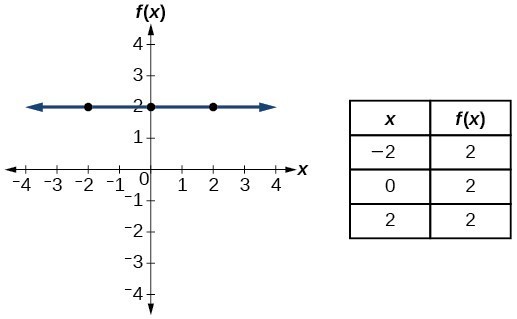The intricate interplay between technology and timekeeping has culminated in the development of atomic clocks, powering the Global Positioning System (GPS) satellites. The function of atomic clocks in GPS satellites is not merely to maintain absolute precision, but rather to synchronize an array of components that collectively facilitate accurate positioning and navigation. This significant advancement in horology is a testament to human ingenuity, promising a shift in how we perceive time itself and its relationship with spatial coordinates.
At the forefront, it is essential to understand the principles of timekeeping in atomic clocks. Unlike traditional clocks that rely on mechanical gears or quartz oscillations, atomic clocks function based on the vibrations of atoms, particularly cesium or rubidium. The frequency of these vibrations is incredibly stable and consistent, leading to a definition of the second that is precisely tied to the atomic properties of cesium-133. This remarkable stability is paramount in GPS systems, where even minuscule discrepancies can result in significant errors in positional data.
To grasp the importance of atomic clocks in GPS, one must first consider the fundamental operation of the GPS constellation. Comprising a network of approximately 30 satellites, each orbiting approximately 12,550 miles above the Earth, the system relies on the transmission of signals back to ground receivers. These signals contain time-stamped information generated by the satellites’ atomic clocks. This time-stamped data is crucial because it allows the GPS receiver to calculate how long it took for the signal to travel from the satellite to the receiver. By employing the speed of light as a constant, the receiver can then deduce its distance from multiple satellites, culminating in an accurate triangulation of its position.
However, the precision required for effective global navigation is astonishingly high. A mere millisecond discrepancy in time can result in positional errors exceeding 186 miles. Therefore, atomic clocks ensure the immense accuracy needed to mitigate such errors. The synchronization facilitated by these clocks is not just about providing a timestamp; it is about maintaining a coherent timing standard across an entire satellite network. This synchronization enables the satellites to work in unison, sending out signals that a GPS receiver can interpret simultaneously, resulting in a precise location fix.
The implications of atomic clock precision extend well beyond navigation. In telecommunications and financial markets, the accuracy of timing affects data transmission and transaction efficiency. The clocks’ ability to maintain such a high degree of precision has paved the way for innovations in these fields. Moreover, as technology continues to evolve, the requirements for synchronization and timing will only increase, making the role of atomic clocks ever more vital.
One might wonder how atomic clocks, embedded within satellites, manage the changes that occur in their environment, such as gravitational effects from orbital mechanics. General relativity dictates that time runs at different rates depending on gravitational potential; therefore, the atomic clocks on GPS satellites, which are situated at a higher altitude than those on Earth, experience time at a slightly faster rate. To reconcile this discrepancy, precise adjustments are incorporated into the system pre-launch, and continual monitoring is implemented to ensure ongoing accuracy. This illustrates the complexity inherent in maintaining accurate timekeeping in a dynamic and unpredictable environment.
The role of atomic clocks transcends utility; it evokes philosophical considerations of time itself. We often regard time as a linear, immutable progression. Yet, atomic clocks challenge this view by demonstrating that time can be quantified, manipulated, and adjusted according to precision needs. This involvement of advanced technology in our understanding of time beckons a new paradigm, urging us to reconsider how we interact with and comprehend temporal metrics in our daily lives.
Looking into the future, the evolution of atomic clock technology promises remarkable advancements. Scientists are pioneering optical lattice clocks that utilize lasers to trap and manipulate atoms, providing an even more intricate and reliable basis for timekeeping. Such developments could revolutionize not only GPS technology but also various fields that hinge on synchronization, such as quantum computing and sensor networks. The potential ramifications of this research could redefine our grasp of spacetime and its implications for both theoretical and applied sciences.
In conclusion, atomic clocks serve a critical function in GPS satellites, ensuring the synchronization of signals necessary for precise navigation and a myriad of technological advancements. Through their function, we are offered deeper reflections on the nature of time and its measurement, encouraging a philosophical re-evaluation of our temporal experiences. Such insights, coupled with the ongoing progression of atomic clock technology, promise to unlock further potential for precision in an increasingly interconnected world, enhancing our understanding of our place within it. The marriage of timekeeping and technology continues to evolve, beckoning a venture into realms previously deemed unattainable.












